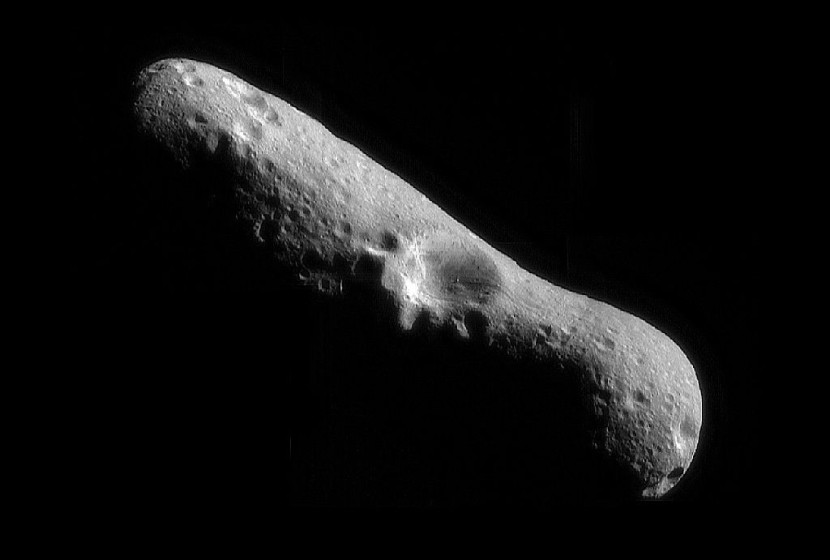
The impact of a dinosaur-killing asteroid was more deadly than thought due to more clues left 66 million years ago causing damage to prehistoric earth was mind-boggling.
No one had expected to discover hints of sulfurous deposits practically altering the land and seas. This event led to more organisms dying, with only the fittest managing to survive. Dangers from volcanoes, earthquakes, and space are still the same now, which can erase humanity anytime.
Asteroid Collision Aftermath
The asteroid sent up a catastrophic amount of sulfur into the stratosphere, which started a deadly chain reaction that would lead to the deaths of millions of dinosaurs and other species alive then, reported Science Alert.
The world in the Cretaceous era had sulfuric gases blanket and cool the earth, with endless acid rain falling for thousand of years, cited Live Science. It altered oceans chemically and killed most lives for longer than thought.
According to the study, James Witts, a researcher with expertise in earth sciences from the Bristol University in the UK, initial estimates say that the sulfur brought by the asteroid after impacting the earth affected its climate for a long time.
Sulfur from the land and the atmosphere keep the seas nearly dead, leading scholars to assume that earth was practically lifeless for a long time, said Witts.
Researcher's Accidental Discovery
The study was not expecting to stumble across a clue leading to the find as no one could have predicted what happened 66 million years ago.
A study was planned to examine the geochemistry of ancient shells close to the Brazos River located in Falls County, Texas.
By the end-Cretaceous extinction, it was an inland sea and the dinosaur-killing asteroid when non-avian dinosaurs died en masse close to the Chicxulub crater in Mexico Yucatan Peninsula.
Researchers collected a sample of sediments on-site that would later shock them. The researchers took the ancient sediments to the Scottish University of St. Andrew, where Aubrey Zerkle, co-author, saw the different sulfur types. It was a smoking gun in research terms that would change everything.
Evidence of exposure to UV light when sulfur would be exposed for differing periods; this was shattering proof of a different nature.
One idea is that the oxygen is not present in the chemical or exposed to a very oxygenated atmosphere at higher altitudes, remarked Witts. At the age of 4.5 billion years and getting its oxygen ladder atmosphere by 2.3 billion years in the past, mentioned Dspace.
He added that their team is the first to come across such proof not seen in the earth's poles, compelling evidence to build a new timeline. Ice cores from the bars have more detectable sulfur than other places.
The chemical is not apparent in marine rocks because it can dilute volcanic sulfur. But having a chunk of cretaceous marine rock shows a lot was present after impact.
Witt added the amount of sulfur after impact was overwhelming and changed the earth's environment, and cooled globally with freezing temperatures and poisoned water sources with acid rain.
The Yucatan is where the chemical sulfur is found in abundance; it would be different if the asteroid hit someplace else. A total of 300 to 500 gigatons of material and cooling the earth to 2 to 8 degrees Celsius.
This dinosaur-killing asteroid hitting the Yucatan sent sulfur to the stratosphere, which overwhelmed the environment for a long time. Life recovered by it took a long time published in the Proceedings of the National Academy of Sciences.
Related Article : Earth's Sudden Oxygenation Is Purely Accidental After Several Billion Years, New Theory Explains








